Music of Chile, in the heart of South America, where the rugged Andes Mountains meet the vast Pacific Ocean, lies a country with a musical soul as diverse and enchanting as its landscapes – Chile. A nation with a history deeply rooted in indigenous traditions, European influences, and a spirit of resilience, Chile’s musical tapestry is a vibrant blend of rhythms, melodies, and stories that reflect its cultural richness.
Traditional Roots: The Dance of Identity
At the core of Chilean music is the rhythmic heartbeat of the national dance, “cueca.” Often hailed as the emblematic dance of the country, cueca is a lively and expressive art form that encapsulates the spirit of Chilean identity. Originating from a fusion of indigenous, Spanish, and African influences, cueca is a visual and auditory spectacle, marked by intricate footwork, handkerchief waving, and the soulful sounds of guitars.
The lyrical themes of cueca delve into the heart of Chilean life, exploring love, courtship, and the everyday experiences of its people. The dance becomes a vibrant narrative, a celebration of the cultural amalgamation that defines Chile. Through the spirited movements and the rhythmic beats of cueca, one can trace the footprints of history and tradition.
Indigenous Echoes: The Mapuche Connection
Chile’s musical journey wouldn’t be complete without acknowledging the profound influence of its indigenous communities, with the Mapuche people being the largest indigenous group. Their music, deeply rooted in a connection to nature and spirituality, adds an essential layer to Chile’s musical identity.
Mapuche music is characterized by the use of traditional instruments such as the trutruka, a unique trumpet, and the kultrún, a drum. The melodies mirror the sounds of the natural world, creating a symphony that resonates with the earth itself. It’s a musical expression that goes beyond entertainment; it’s a profound dialogue with the environment, a conversation that has endured through generations.
European Threads: Colonial Legacy in Chilean Music
The colonial period brought a European influx, particularly from Spanish influences, leaving an indelible mark on Chilean music. Instruments like the guitar and the accordion found their way into the musical landscape, leading to the emergence of new styles. The “tonada” is a prime example, blending Spanish melodies with local rhythms to create a distinctive genre.
Tonadas, often associated with rural life, tell stories of the struggles and joys of everyday people. The fusion of European instruments with local flavor encapsulates the ongoing dialogue between different cultures, creating a musical bridge that spans centuries. It’s a testament to the adaptive nature of Chilean music, which has absorbed and transformed external influences while retaining its unique essence.
Revival and Resilience: The Legacy of Violeta Parra
The mid-20th century witnessed a revival in Chilean folk music, driven by iconic figures like Violeta Parra. A true pioneer in the preservation and promotion of traditional Chilean music, Parra’s contributions extend far beyond her musical prowess. A multidimensional artist, she was also a visual storyteller and a key figure in the Nueva Canción Chilena, a movement that sought to use music as a vehicle for social change.
Violeta Parra’s tireless efforts in collecting and recording folk songs from different regions of Chile played a pivotal role in safeguarding the nation’s musical heritage. Her impact transcends generations, and her legacy lives on in the work of contemporary musicians who continue to draw inspiration from her artistry.
Nueva Canción Chilena: Music as a Catalyst for Change
The Nueva Canción Chilena movement, of which Violeta Parra was a central figure, aimed to use music as a powerful tool for social and political change. Emerging in the turbulent times leading up to the Allende government, this movement sought to give voice to the marginalized and disenfranchised through poignant lyrics and evocative melodies.
Artists like Victor Jara and Inti Illimani became synonymous with the movement, using their music to address issues of social justice, inequality, and political upheaval. The Nueva Canción Chilena wasn’t merely a genre; it was a cultural and political force that resonated with the spirit of the times.
Contemporary Rhythms: The Evolution of Chilean Music
As Chile moved into the contemporary era, its music continued to evolve, embracing a wide spectrum of genres. From the infectious beats of cumbia to the poetic lyricism of indie and alternative rock, Chilean musicians have ventured into diverse territories while staying rooted in their cultural heritage.
Bands like La Ley and Los Bunkers have gained international acclaim, infusing their music with a global appeal while maintaining a distinctive Chilean flavor. The fusion of traditional elements with modern genres reflects the dynamic nature of Chilean society, where the past and present coalesce in a harmonious dance of cultural expression.
Conclusion: A Symphony of Identity
Chilean music is not merely an auditory experience; it’s a journey through time, culture, and resilience. From the spirited dance of cueca to the soulful melodies of Mapuche music, from the colonial echoes of tonadas to the revolutionary fervor of Nueva Canción Chilena, Chile’s musical landscape is a living testament to the nation’s history and identity.
As Chile continues to evolve and face new challenges, its music remains a steadfast companion, a mirror reflecting the hopes, dreams, and struggles of its people. In every note, in every beat, there echoes a symphony of identity – a celebration of diversity, a tribute to resilience, and a testament to the enduring power of music to shape and define a nation.
Famous Artists:
Chile has produced a variety of influential musicians and artists who have left a lasting impact on the world of music. Some of the most famous Chilean musicians and artists include:
- Violeta Parra: Violeta Parra was a folk singer, songwriter, and ethnomusicologist known for her contributions to the Nueva Canción Chilena movement.
- Victor Jara: Victor Jara was a folk singer, poet, and activist who became a symbol of social and political struggle in Chile. His songs continue to inspire people worldwide.
- Inti-Illimani: Inti-Illimani is a renowned folk music ensemble that played a pivotal role in popularizing Nueva Canción Chilena on the international stage.
- Los Bunkers: Los Bunkers are a contemporary rock band known for their fusion of rock, pop, and folk elements. They have gained recognition both in Chile and abroad.
- Mon Laferte: Mon Laferte is a versatile artist known for her contributions to the contemporary music scene in Chile, including rock, pop, and folk genres.
- Myriam Hernández: Myriam Hernández is a successful pop artist known for her international success and contribution to Latin pop music.


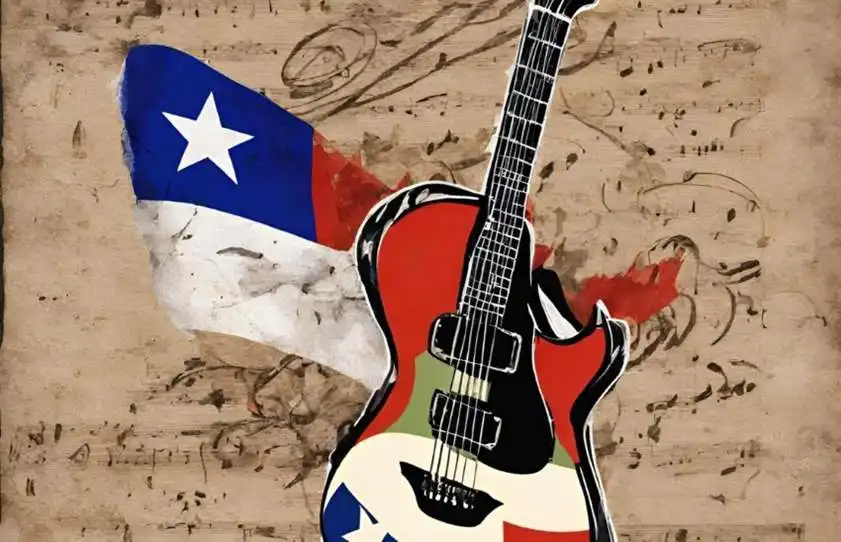
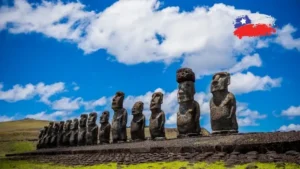
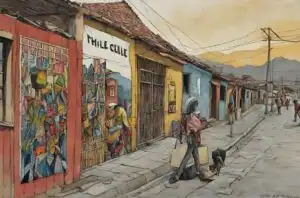
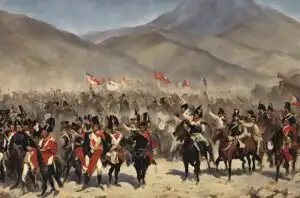



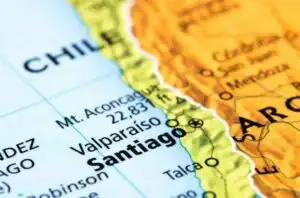

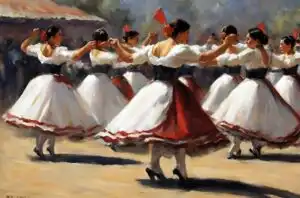

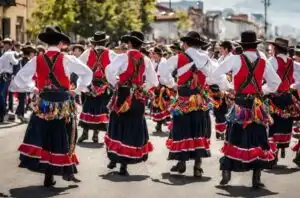




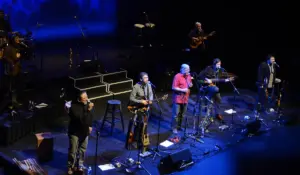


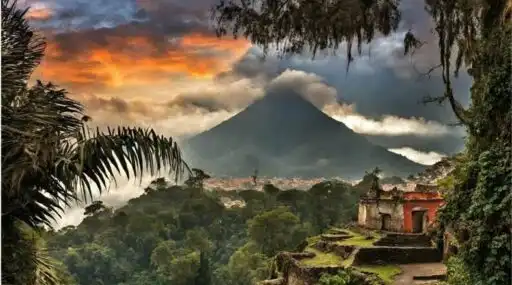

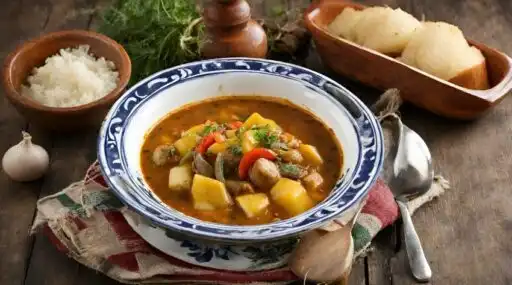




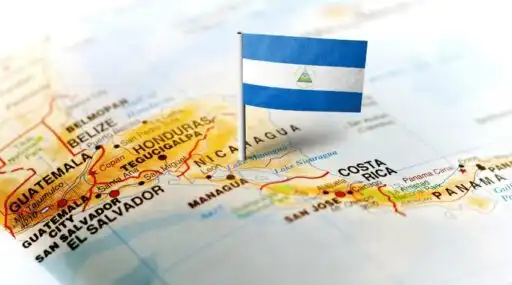

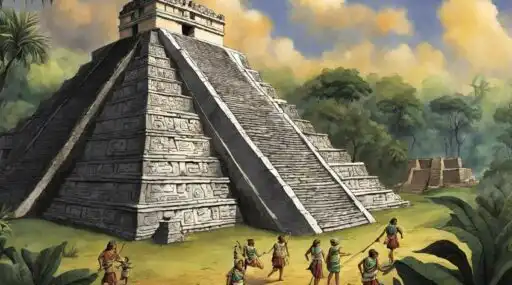
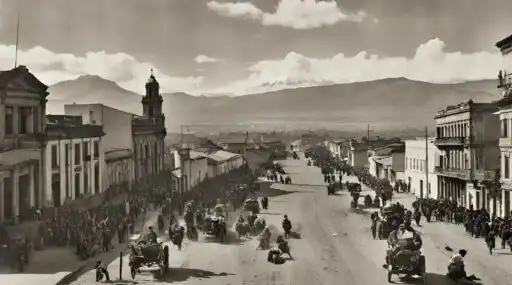






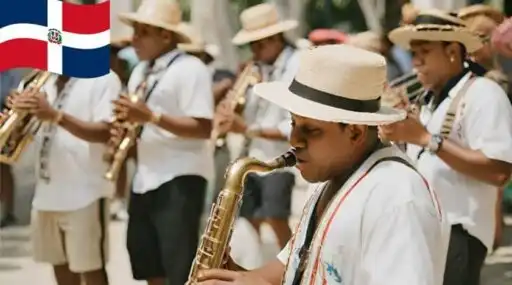

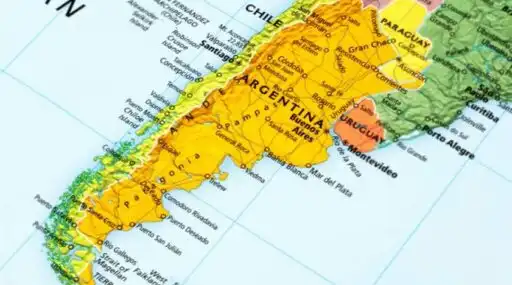
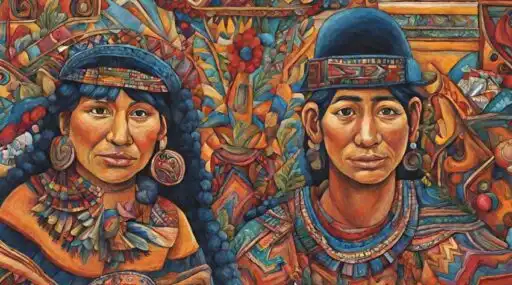
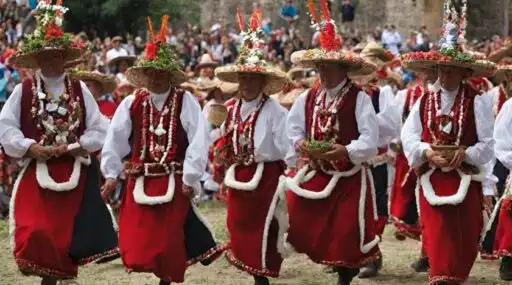

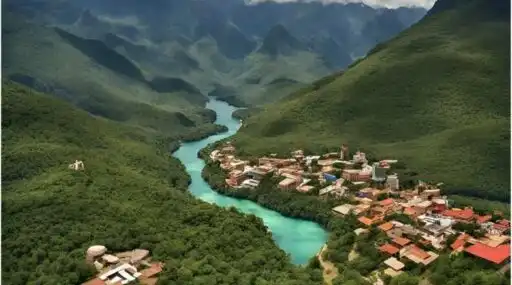




Leave a Reply